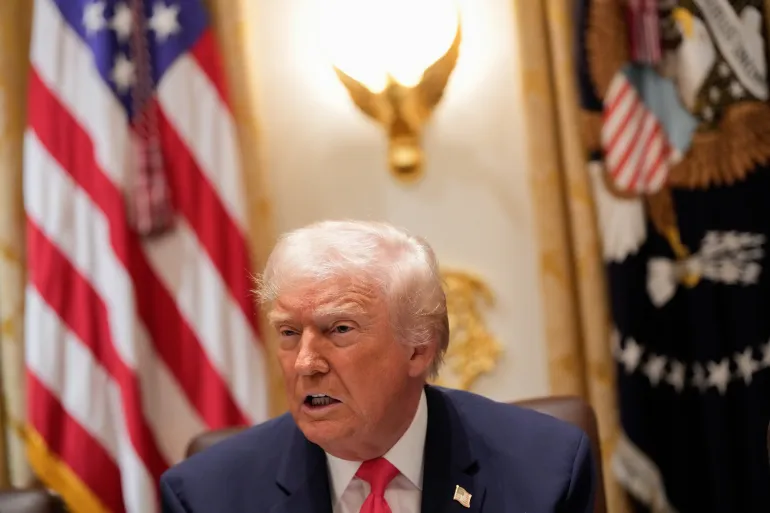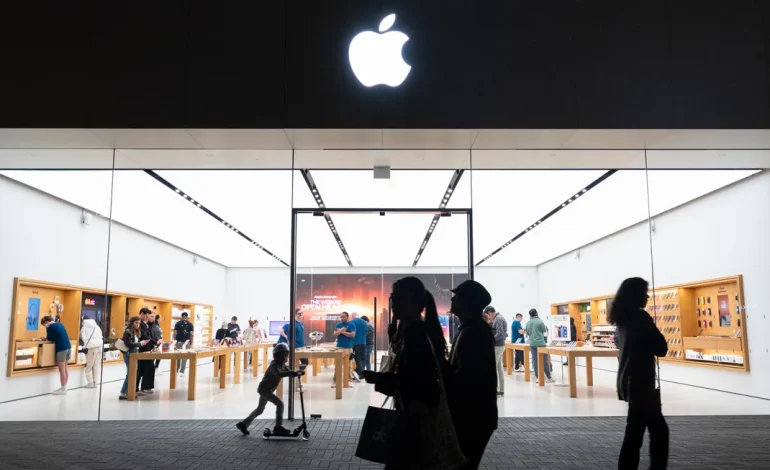With ongoing trade tensions and new tariffs, the cost of an iPhone could rise significantly—potentially reaching $2,000 or even $3,000.
This shift is tied to Apple’s complex global supply chain and its dependence on China, raising questions about the company’s future pricing strategy and production locations.
For decades, Apple has built its manufacturing network around China, where roughly 90% of its iPhones are assembled. The country offers an unparalleled industrial ecosystem, with skilled workers, established supply chains, and vast production capacity. However, recent tariff increases—some exceeding 100%—threaten to disrupt this system, forcing Apple to reconsider its production strategy.
President Donald Trump’s administration has implemented steep tariffs on Chinese imports, aiming to incentivize American manufacturing. However, shifting production to the US presents major challenges. Experts estimate that if iPhones were made in America, their price could exceed $3,500 due to higher labor and infrastructure costs.
Analysts from Rosenblatt Securities predict that tariffs could reduce Apple’s annual profits by $40 billion, which may lead the company to increase iPhone prices by 30–40%. If the full cost of tariffs is passed to consumers, the price of an iPhone could rise by $250 or more in the short term.
Apple has long sought to reduce its reliance on China, expanding assembly operations in India and Vietnam. However, new tariffs also target these countries, complicating efforts to diversify production. Even with increased Indian manufacturing, most iPhones would still require components from China, making it difficult for Apple to avoid the impact of tariffs.
Apple faces a difficult choice:
Absorb the cost: This would impact profits but could keep iPhones more affordable.
Increase prices: A price hike could reduce demand, especially as consumers hold onto devices longer.
Find new production solutions: Relocating manufacturing is costly and time-consuming, making it a long-term challenge.
Apple’s stock has already lost over $1 trillion in value due to trade uncertainties.
The New York Times, the Washington Post, and CNN contributed to this report.










The latest news in your social feeds
Subscribe to our social media platforms to stay tuned